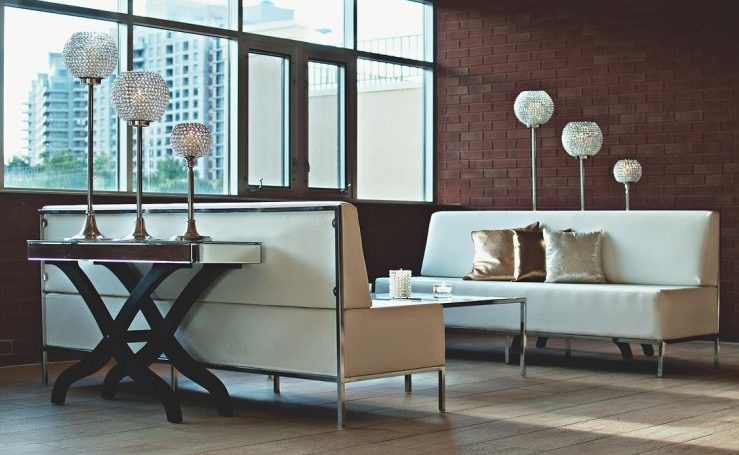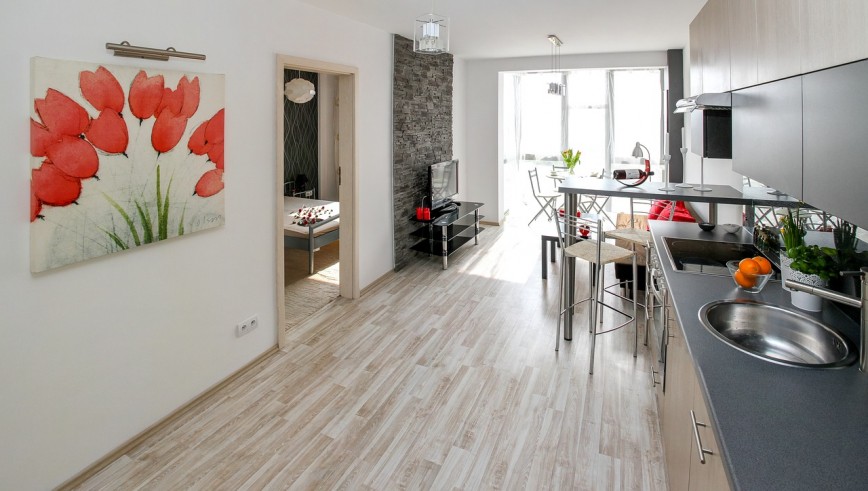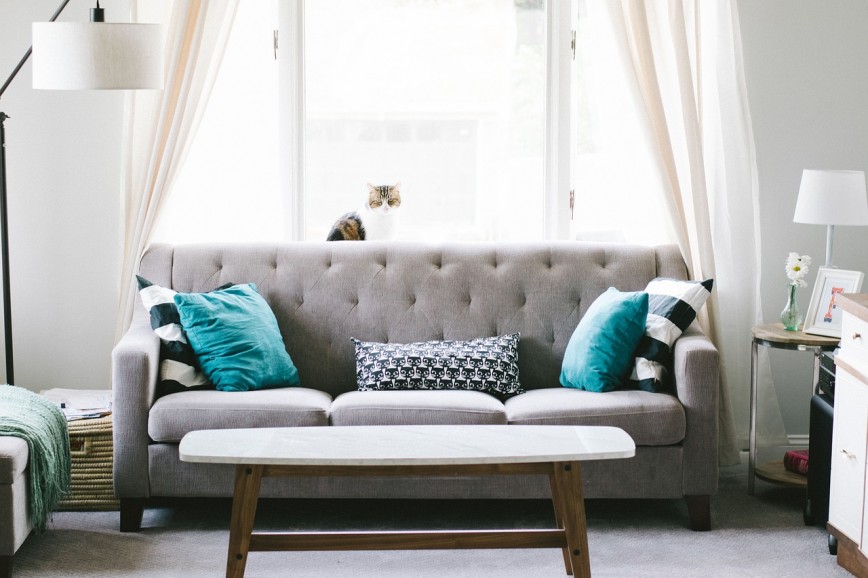Once you understand the basic principles of interior design, you can successfully transform any space into what you desire.
You will definitely understand what we mean and how it feels when you look at a perfectly designed home.
Besides, you will be able to sense how every wall, item in the room, and everything else feels cohesive and put together.
Even if you decide to hire reputable painters and decorators to decorate your home, learning the basic interior design principles can help you have a clear picture of precisely what you want for your home.
Besides, you can pair this knowledge with a bit of experimentation with what you already like and have achieved so far. This way you will be on your way to transforming your home into a beautiful space in no time.
Here are the principles of interior design you must learn.
Balance

In the interior design world, balance brings in a feeling of equilibrium. It revolves around approximating and equalising the visual weight of an entire room. It can be created not just via shape, but through pattern, texture, and colour as well.
Here are different types of balance you should know.
Formal or symmetrical balance
Formal or traditional spaces require symmetrical balance. This means that the entire space is split into two distinct sides that appear to mirror each other. For instance, two chairs on either side of an elegant coffee table are symmetrically balanced.
Informal or asymmetrical balance
The visual weights of colours, textures, and lines are balanced without exact duplication. In this case, things aren’t as ordered as it is the case with symmetrical balance. For example, you can balance a sofa by placing two good chairs on the other side.
Radial balance
This can be achieved when you create a central focal point with other elements that radiate around or from it. A good example would be a stunning dining table with chairs placed around it. Note that radial balance involves a lot of repetition of texture, colour, and form.
Rhythm

Generally, rhythm in interior design is all about establishing patterns of repetition and contrast create a specific visual interest. This can be achieved by the use of the same shape and colour at varying intervals. It’s sole purpose is to move your eyes around the room.
For example, you can establish a great rhythm using colour on pillows, pick it up in wall painting, and echo it in your rug. These repetitions help in carrying your eye around the room.
Harmony
This is created whenever all the elements act together to establish a unified message in the entire room. While rhythm creates excitement, harmony tends to establish a sense of restfulness.
For example, you can successfully create harmony in your room using a single colour, even though your forms vary greatly in size, texture, and shape.
Emphasis
A room where all items get equal importance is likely to seem scattered or sometimes boring. In this case, you need to create an anchor. Note that architectural spaces usually have points of interest including a fireplace or a window with a beautiful view.
Therefore, you can enhance the built-in focal point of your room by rearranging the furniture around it to make it stand out. If your room lacks an inbuilt point of interest, then consider creating one via groupings of furniture or using a statement piece.
Lastly, utilise the concept of proportion and scale. Note that some proportional relationships can be more pleasing than others. Sometimes, it is wise to contact an expert for better results. After all, DIY interior design and décor isn’t as easy as it may look , especially compared to when the process is handled by a professional.
